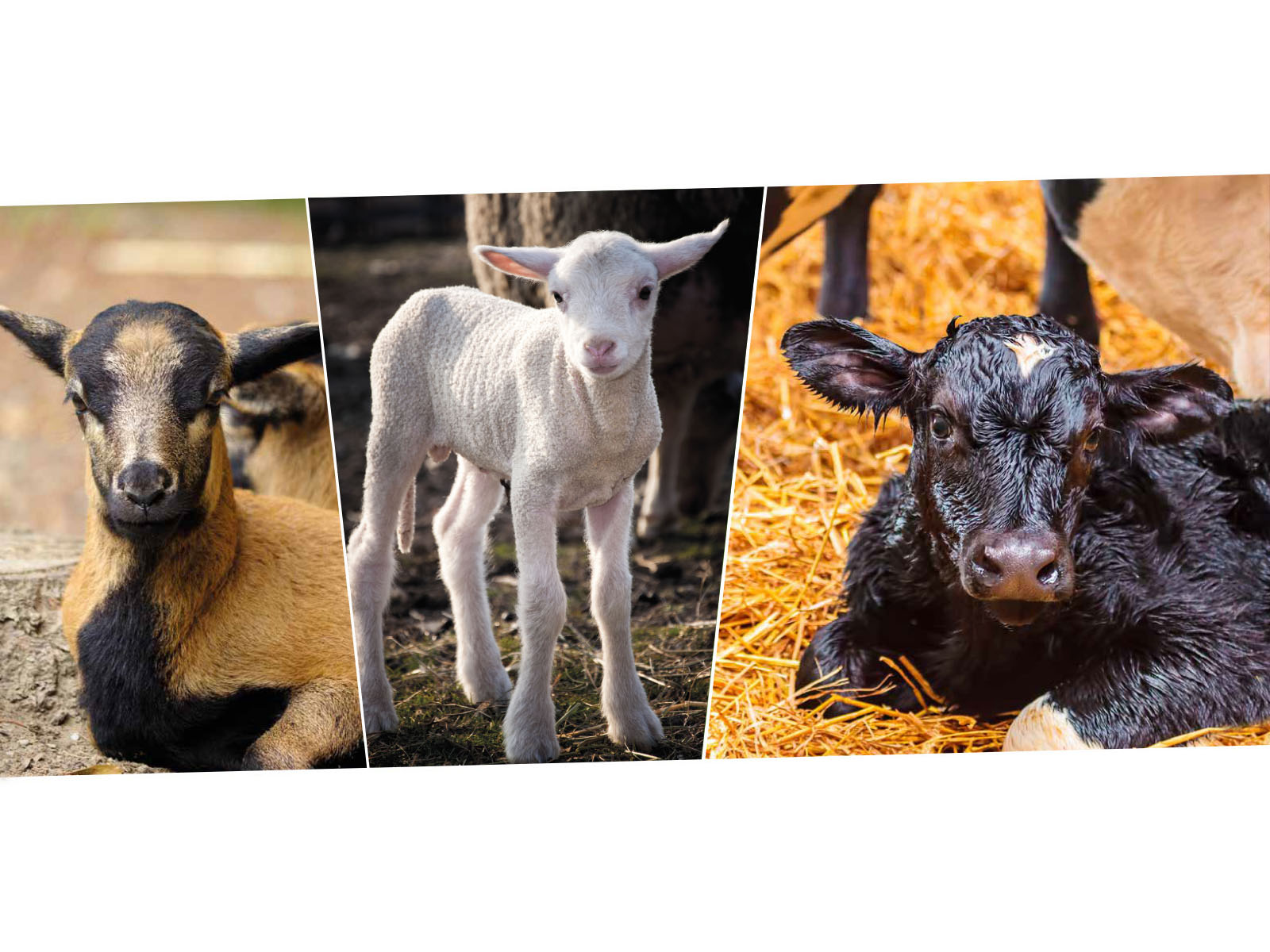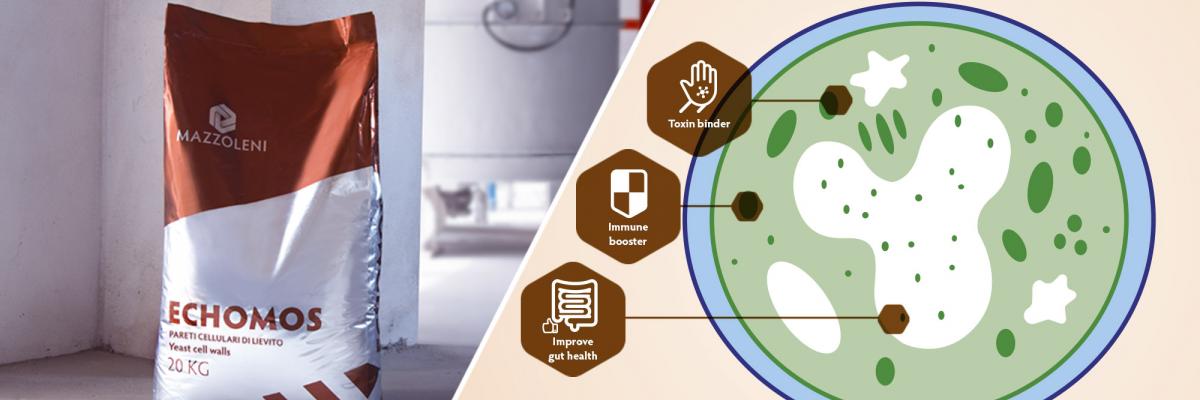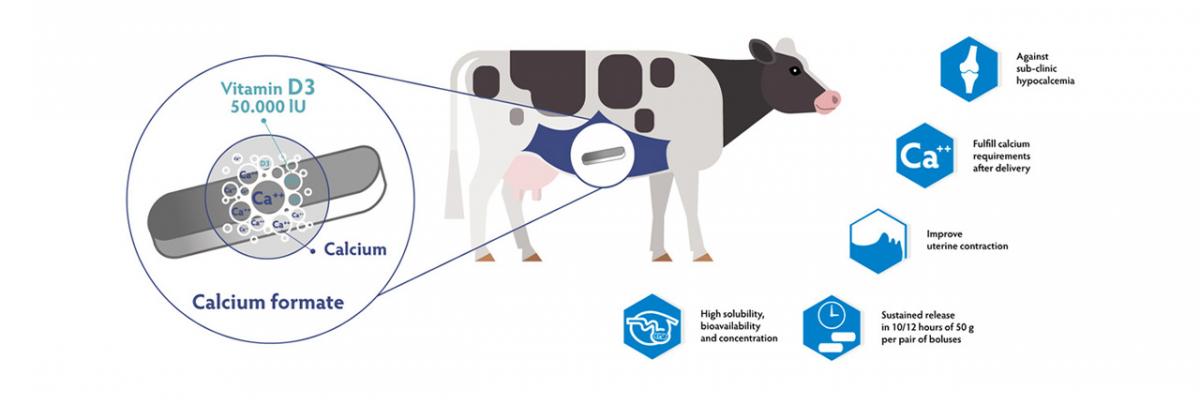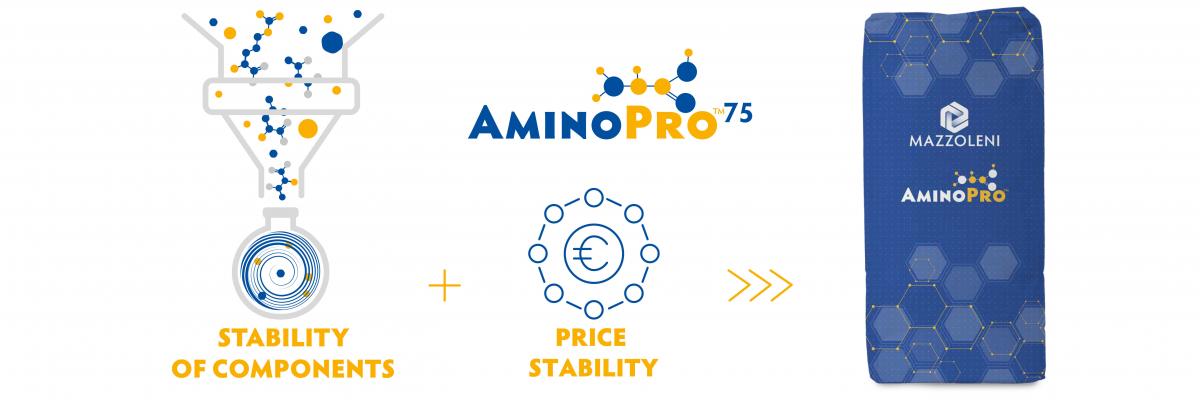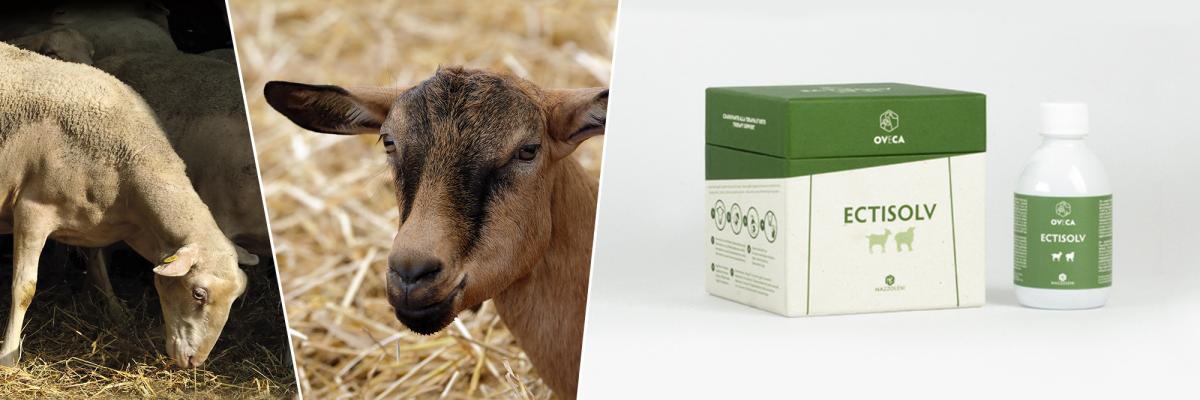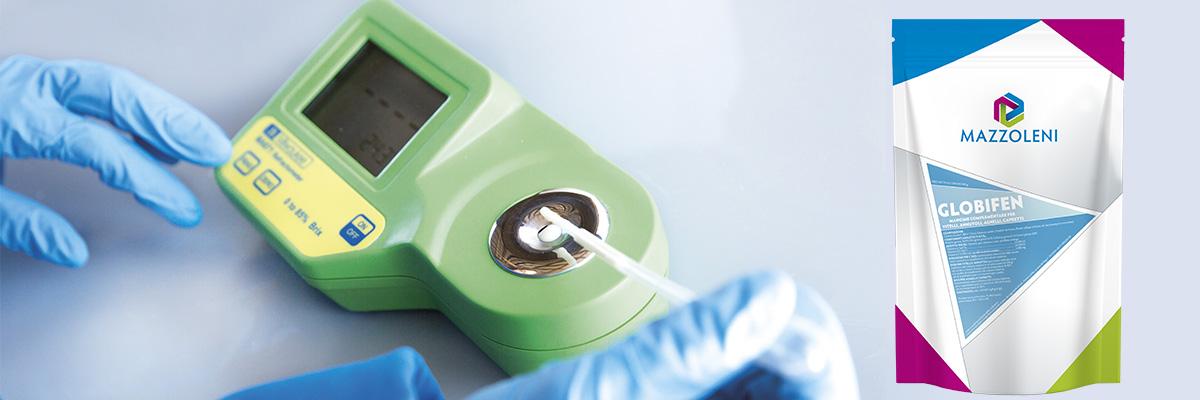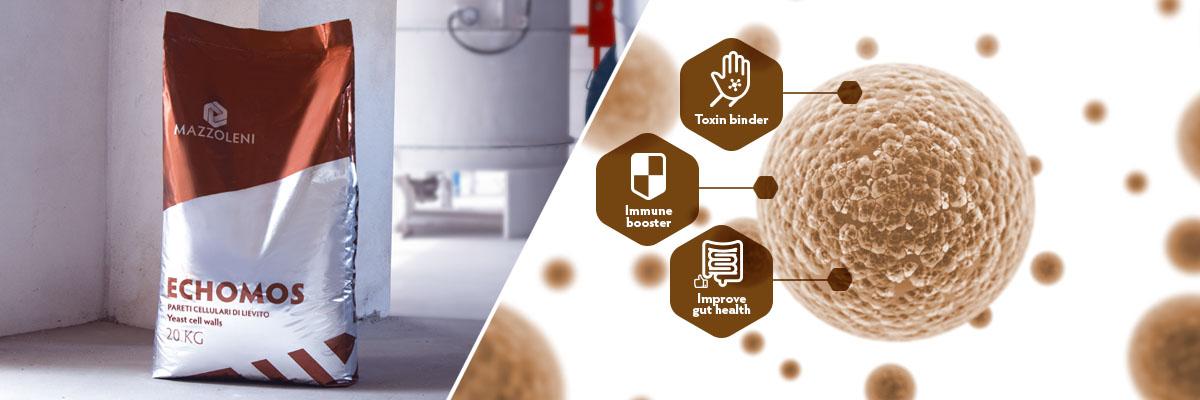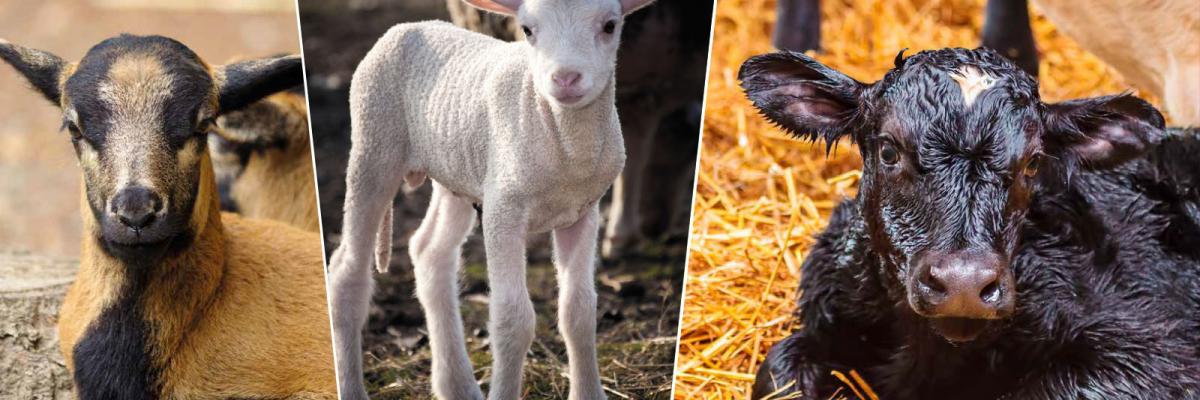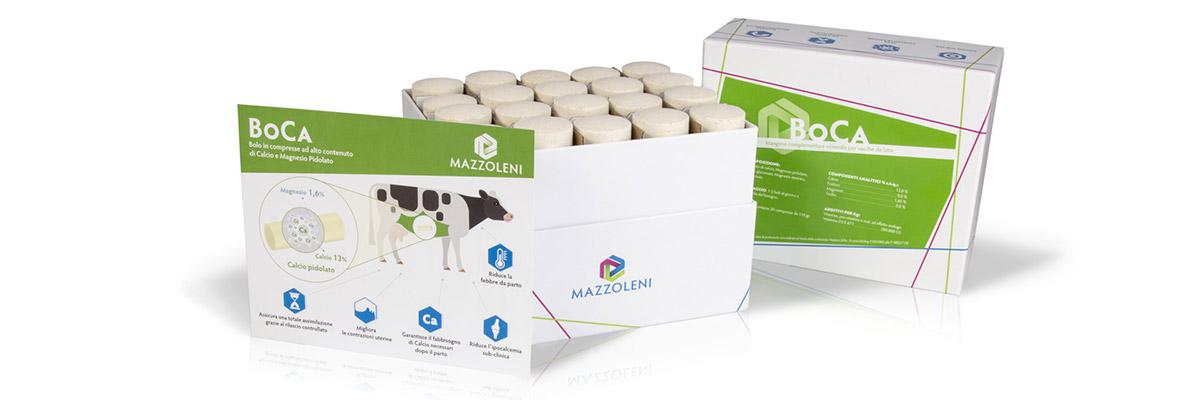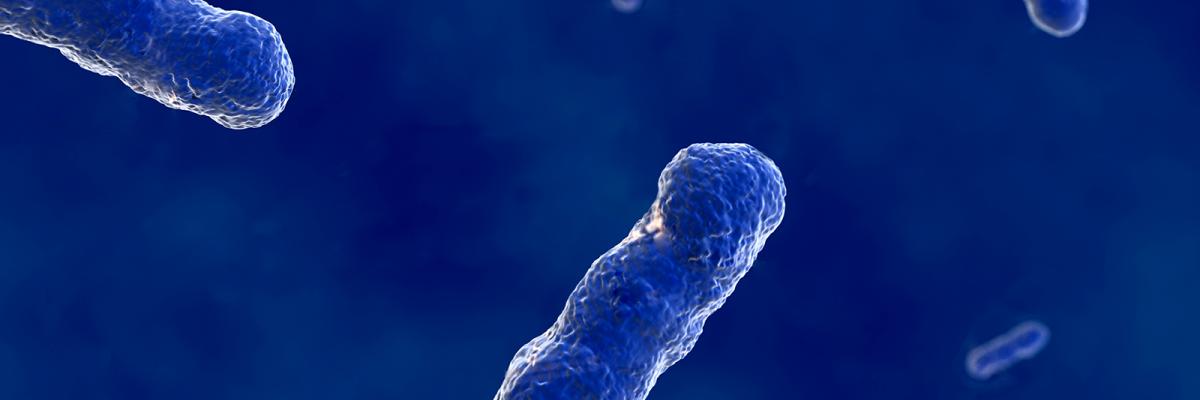Improve welfare and maximize growth rate of replacement stock is crucial for profitability and reduction of antibiotics utilization.
The first months of life are the most critical, therefore ensure an adequate immune status is crucial. As calves, lambs and kids cannot get antibodies during fetal life, and their ability to synthesized antibodies is very limited in the first months of life, their immune status is completely dependent by maternal colostrum. Maternal colostrum has to be fed in a proper amount and timing (ideally 4 L within 6 hours; Godden, 2008), because the later colostrum is collected and fed, the lower is its antibody content and the lesser is the absorption capacity of the newborn. Colostrum quality, in term of antibody titer, is one of the most critical point: even if fed in a proper amount and at a proper time, low quality colostrum will hesitate in a poor immune status of the young animal. Colostrum quality is affected by several factors (heat stress, dam nutrition and health status, parity, collection time etc.), therefore checking colostrum quality is crucial and easy to be done by farmers and technicians with rapid reliable methods such as refractometer. What we can do if colostrum quality is too lower? Palatable supplements based on colostrum powder, as long as it is certified free from the most important infectious disease (such as Brucellosis, Tubercolosis, Leucosis, Paratubercolosis-Johne’s Disease, BHV-1, BVD and BSE), can be added to improve colostrum antibody content, to ensure adequate immune status of the newborns. Moreover, if vertical transmission of certain pathologies has to be avoided, those colostrum supplements can be used, at proper rate, to fully replace dam’s colostrum.
Ensuring adequate immune transfer to the newborn is crucial, as it is strictly correlated with mortality, morbidity and growth rate. If the cost and the drug consumption related to mortality is easy to understand, the hidden cost of an inefficient growth need to be highlighted. Heifers should be inseminated at a target body weight and delayed insemination due poor growth, heavily impact on production cost. Pirlo et al. (2000), analyzing milk production at first lactation of more than 1 million of Holstein heifers, found that the rearing cost of a heifers that calve at 30 months is approximately 20% higher compared to the rearing cost of a heifer that calved at 24 months of age. Although all the best practices can be put in place, a certain morbidity is unavoidable. In such case, rapid and proper intervention can help to limit the prevalence, if carried out at the beginning of critical period, or reduce severity and improve the recover. Among disease, diarrhea is the prevalent in the youngstock, especially in the first month of life, therefore, even from a nutritional point of view, all the measures have to be taken.
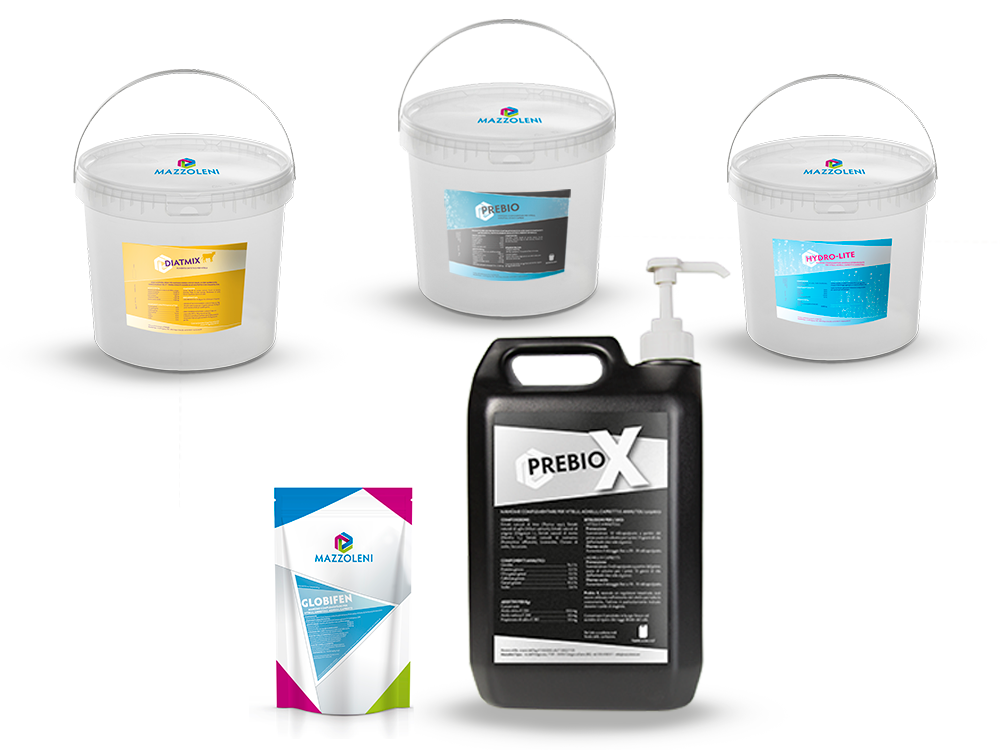
Oral Rehydration Solution (ORS) are well recognized both in human and veterinary medicine as the best tool to limit dehydration and support acid-base status in case of diarrhea. Not all the ORS are equal, indeed they have to provide high level of: energy in a high digestible way (simple sugar is the preferred option), buffers (such as bicarbonate, acetate or citrate) to correct metabolic acidosis, electrolytes (sodium, potassium and chloride) in order to restore the proper acid-base balance and substances that can improve sodium absorption (as glycine).
As ORS is often fed to lethargic animals, palatability is also crucial, therefore rehydration solution has to be very attractive and palatable. ORS should be fed not only to animals suffering for digestive disorder, but it represents a useful tool to improve water intake during cold season if fed warm and to compensate electrolytes losses during hot season. During digestive disorder, the administration of substances that can limit dehydration and protect gut mucosa such as pectin (pure or from raw materials rich in them such as citrus or apple pulp) is also beneficial.
Other than rehydration solution, dietary supplements can help to improve young animal health, through a direct effect on certain pathogens or by a wide spectrum toxin binding or boosting immune function. Among them, some plant extracts have demonstrated inhibiting capacity against certain bacteria and protozoa. Recently, humic and fulvic acids from substance originating from soil maturation such as leonardie, have raised attention as wide spectrum toxin binder and immune booster in animal nutrition (see e.g. Islam et al, 2005; Agazzi et al., 2007; Gahrhi et al,. 2009; De Mil et al., 2015). At gut level, humic and fulvic acid create a protective layer on gut mucosa that limit pathogen adhesion and even bind bacterial and fungal toxins, and the complex humic acid-toxin excreted. Free fulvic acids, thanks to the lower molecular weight, are also absorbed and exert a systemic immune booster effect.
The positive effect of humic and fulvic acids rich products has been recently confirmed by a field test carried out on a kids fattening farm in the North-West of France. At arrival, 410 kids (4.05 kg average start weight) were allotted into two homogeneous groups and fed the same milk replace diets with automatic feeder until slaughtering (45 days of fattening). One group was provided with a trough allowed ad libitum access to a complementary feed rich in Leonardite and electrolytes (Prebio, Mazzoleni SpA, Cologno al Serio – BG, Italy), while the other group served as control. No differences were recorded in terms of growth performance, while Prebio led to a reduction of kids mortality (- 3.7 %; Fig. 1), acting therefore as protective factor (Odds Ratio 0.71).
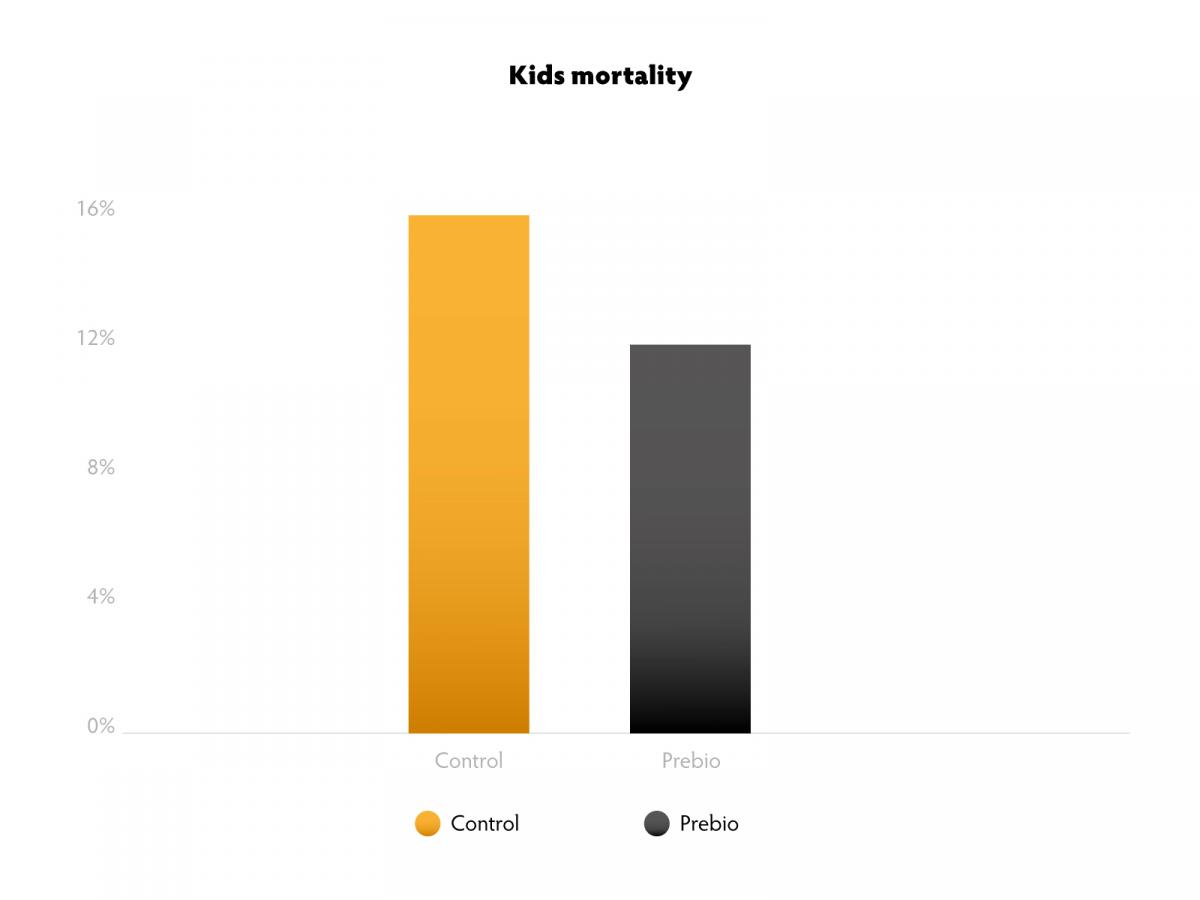
Figure 1 - Effect of ad libitum Prebio administration on mortality of kids for fattening (Mazzoleni Spa, 2019).


